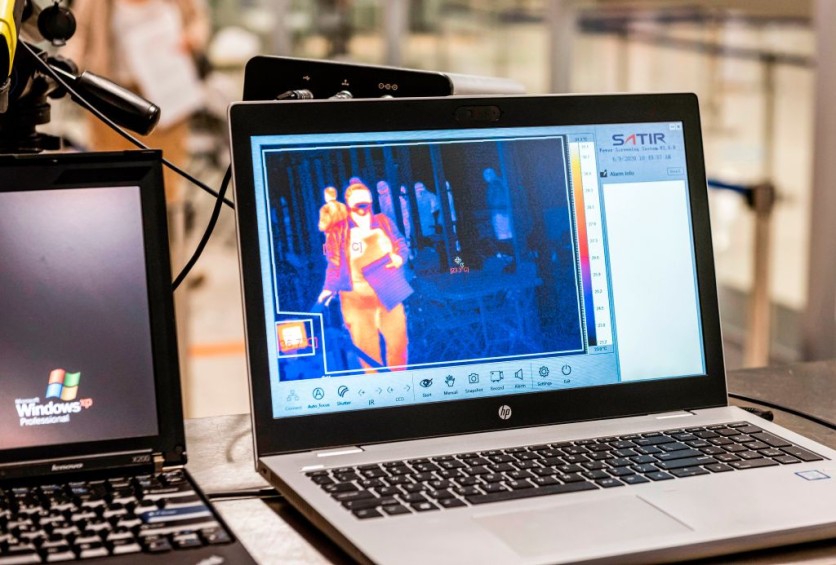Sejong University researchers have developed a new system that can transmit power over 30 meters via infrared light wirelessly, as reported by Interesting Engineering.

The system could transfer 400 mW of light power so far, but researchers are looking into further tests that could make the system reach high levels to charge mobile phones in various public places.
With this, powering devices wirelessly could eliminate the need for power cables for mobile phones and tablets. According to the researchers, there is also potential for the new system to power various sensors, such as the ones used for monitoring processes in manufacturing plants.
How It Works
This isn't the first time that studies have been conducted to transfer power over long ranges wirelessly. However, safety poses a challenge. In this particular study, researchers used the novel method, distributed laser charging. This type of method provides safe high-power illumination with less light loss.
The distributed laser charging works like traditional lasers, but the difference is its optical components are not integrated into one device but separated into a transmitter and receiver.
During the development phase, the researchers utilized an erbium-doped fiber amplifier optical power source with a central wavelength of 1550 nm. This wavelength won't harm the human eyes or skin, which makes it safe compared to other methods that were tested before.
Laser charging allows self-alignment without tracking processes as long as the transmitter and receiver are in the line of sight of each other. Additionally, it automatically shifts to a safe low power delivery mode when a person or an object blocks the line of sight.
How the Researchers Developed It
In the laboratory, the researchers set a transmitter and a receiver 30 meters apart to test how the system worked. The transmitter was made of the erbium-doped fiber amplifier optical source, while the received has a retroreflector, a photovoltaic cell that converts the optical signal to electrical power, and an LED that can illuminate while power is being delivered. Additionally, the received was small enough that it can be integrated into devices easily.
The results showed that a single-channel wireless optical power transfer system could create an optical power of 400 mW with a channel line width of 1 nm over a distance of 30 meters.
With this, the new system could be useful in harsh environments. And who knows? It may also mark the end for power cables and make wireless charging everywhere the new norm.
Related Article: New Infrared Camera Makes Greenhouse Gas Methane Visible
This article is owned by Tech Times.
Written by April Fowell
ⓒ 2025 TECHTIMES.com All rights reserved. Do not reproduce without permission.




